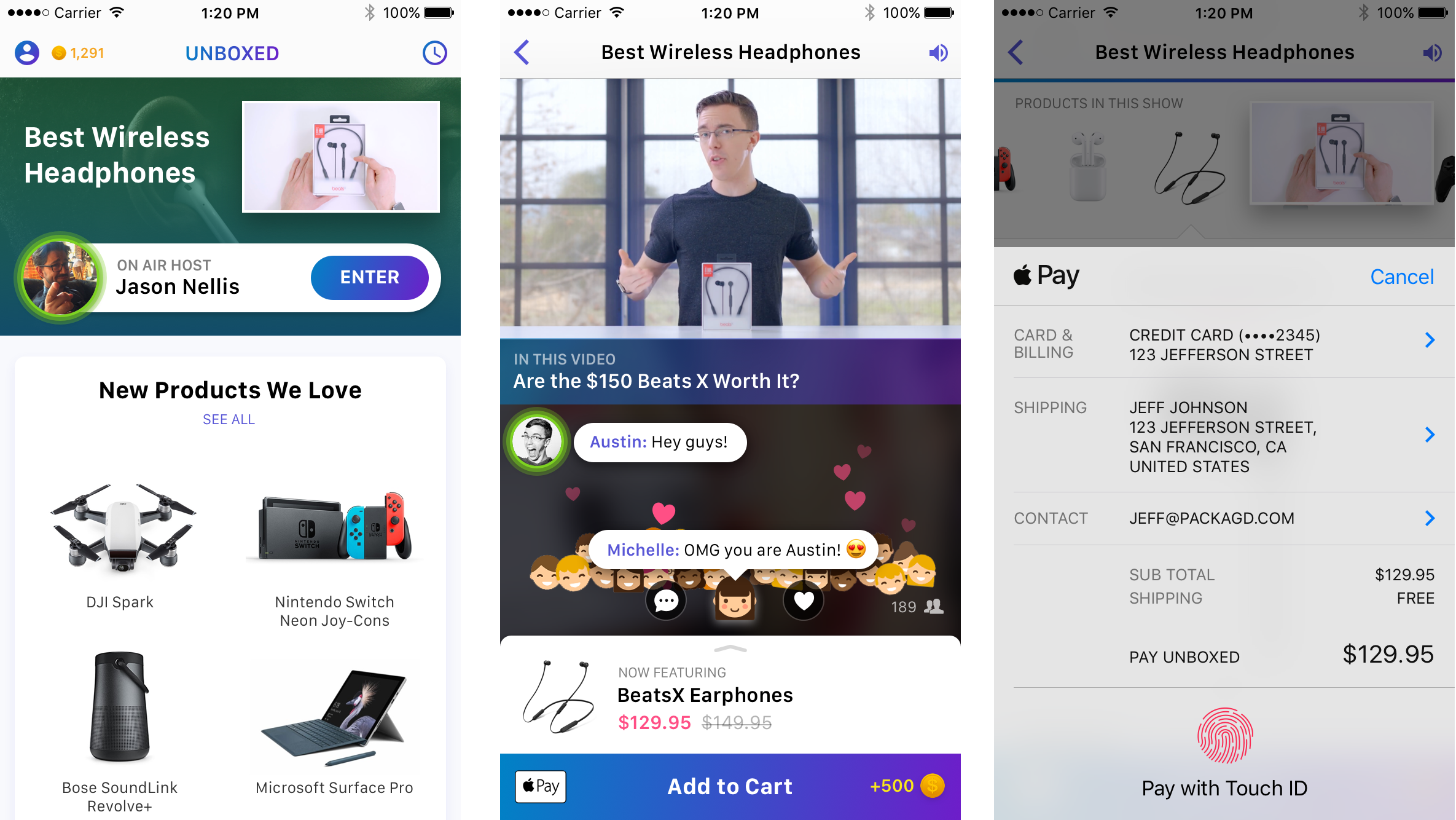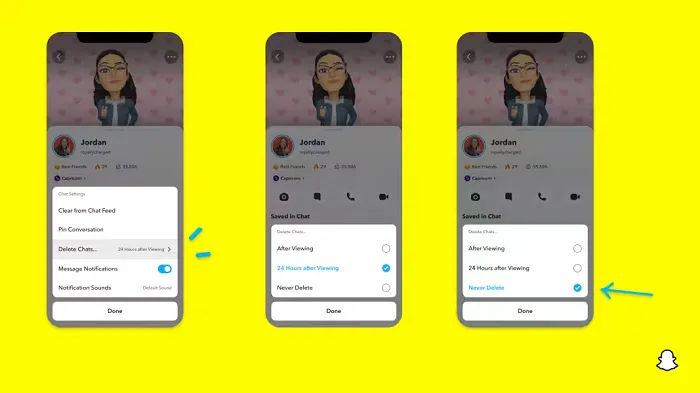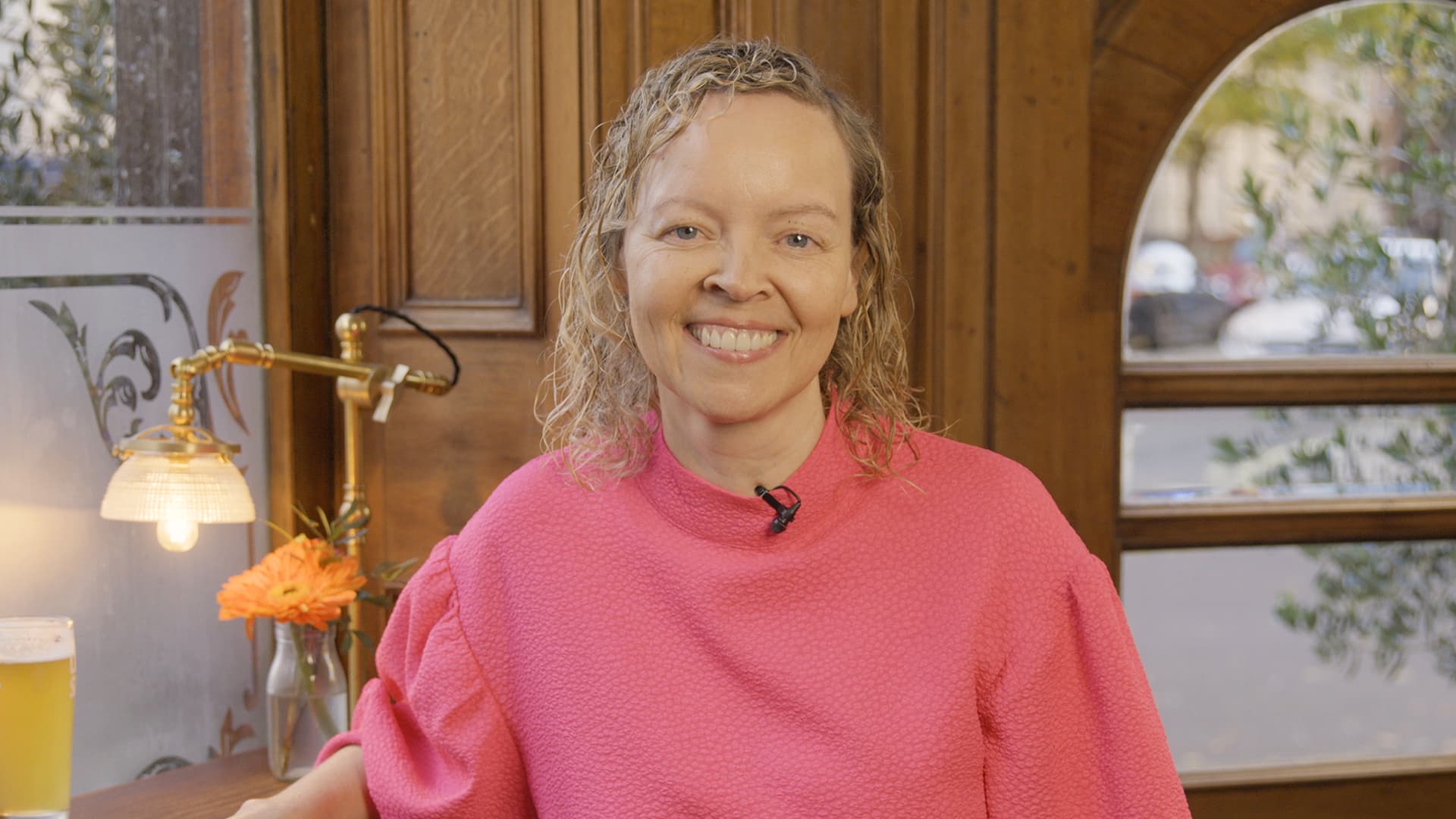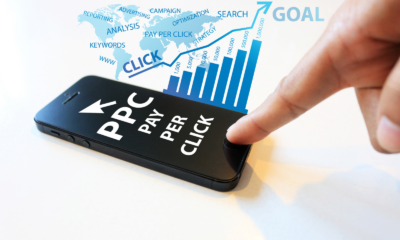SOCIAL
Facebook Acquires Video Commerce Startup ‘Packagd’ to Help Boost In-Stream Buying Options

As part of its burgeoning eCommerce push, earlier this year, Facebook acquired video commerce startup Packagd, which, prior to the acquisition, had been focused on enabling users to make direct purchases of products via live-stream, unboxing-type videos.

As reported by Bloomberg, Facebook quietly purchased Packagd to help build a new live shopping feature inside its Marketplace product.
As per Bloomberg:
“The social media company bought Packagd, a five-person company founded by Eric Feng, a former partner with Kleiner Perkins Caufield & Byers, and most of the startup’s team joined Facebook in September. Packagd was building a shopping product for YouTube videos. “Think of it as a re-imagination of QVC or a home shopping network,” Feng said in a 2017 interview with Bloomberg Television’s Emily Chang.”
Facebook has confirmed the purchase, saying that the company is “exploring ways to let buyers easily ask questions and place orders within a live video broadcast.”
The option sounds very similar to a short-lived live-stream buying project which Facebook piloted late last year. In that experiment, selected users in Thailand were given access to a dedicated Facebook Live mode which enabled Pages to showcase products in their stream, which viewers could then purchase via screenshots.

Facebook told TechCrunch at the time that the process emerged from feedback, specifically from Thai users, which supported the use of Live video as a more effective means of showcasing products and facilitating consumer queries in real-time.
That project has since been halted, but the acquisition of Packagd shows that Facebook is not done with this idea, and that it still sees significant potential in utilizing live video as a means to further encourage on-platform purchases.
eCommerce is set to be a big deal for Facebook in 2020.
First off, you have payments – throughout 2019, we’ve seen Facebook working to build its own, on-platform cryptocurrency, with a view to facilitating fee-free funds transfer within its network. The idea here is that once people are moving money around within Facebook’s system, it will make it much easier for them to also use those funds to make on-platform purchases. And while its cryptocurrency plans still have a few hurdles to overcome, Facebook is expanding access to other options, like Facebook Pay and WhatsApp Pay, which will both, eventually, also extend to Instagram.
From there, Facebook then needs to build up its on-platform buying options. The acquisition of Packagd is the latest on this front, but back in June, Facebook also acquired Indian marketplace app Meesho, which connects sellers with customers through WhatsApp, and already has more than 2 million users.

India – and it’s 1.4 billion increasingly connected citizens – looks set to play a key role in Facebook’s eCommerce expansion, while East Asian markets, like Thailand, also seem ripe for the next phase of the company’s online shopping push.
In this sense, the viability of Facebook’s Libra crytocurrency, or even its Marketplace eCommerce tools, within western markets may not be indicative of overall success. Facebook doesn’t need these tools to catch on in the US, necessarily, as there are billions of users in emerging markets, where the ease of use of such tools could provide far greater benefit, and therefore, see far higher take-up.
And if Facebook can expand the utility of its platform into payments, shopping, then further into bill payments, banking, etc. That could make the platform a much more critical layer in the broader tech infrastructure of these regions, a key component in everyday life.
Definitely, Facebook would love to hold such influence in all regions, but it’s best placed to do so in emerging markets – and potentially become the essential app for many, many more users.
SOCIAL
Snapchat Explores New Messaging Retention Feature: A Game-Changer or Risky Move?

In a recent announcement, Snapchat revealed a groundbreaking update that challenges its traditional design ethos. The platform is experimenting with an option that allows users to defy the 24-hour auto-delete rule, a feature synonymous with Snapchat’s ephemeral messaging model.
The proposed change aims to introduce a “Never delete” option in messaging retention settings, aligning Snapchat more closely with conventional messaging apps. While this move may blur Snapchat’s distinctive selling point, Snap appears convinced of its necessity.
According to Snap, the decision stems from user feedback and a commitment to innovation based on user needs. The company aims to provide greater flexibility and control over conversations, catering to the preferences of its community.
Currently undergoing trials in select markets, the new feature empowers users to adjust retention settings on a conversation-by-conversation basis. Flexibility remains paramount, with participants able to modify settings within chats and receive in-chat notifications to ensure transparency.
Snapchat underscores that the default auto-delete feature will persist, reinforcing its design philosophy centered on ephemerality. However, with the app gaining traction as a primary messaging platform, the option offers users a means to preserve longer chat histories.
The update marks a pivotal moment for Snapchat, renowned for its disappearing message premise, especially popular among younger demographics. Retaining this focus has been pivotal to Snapchat’s identity, but the shift suggests a broader strategy aimed at diversifying its user base.
This strategy may appeal particularly to older demographics, potentially extending Snapchat’s relevance as users age. By emulating features of conventional messaging platforms, Snapchat seeks to enhance its appeal and broaden its reach.
Yet, the introduction of message retention poses questions about Snapchat’s uniqueness. While addressing user demands, the risk of diluting Snapchat’s distinctiveness looms large.
As Snapchat ventures into uncharted territory, the outcome of this experiment remains uncertain. Will message retention propel Snapchat to new heights, or will it compromise the platform’s uniqueness?
Only time will tell.
SOCIAL
Catering to specific audience boosts your business, says accountant turned coach

While it is tempting to try to appeal to a broad audience, the founder of alcohol-free coaching service Just the Tonic, Sandra Parker, believes the best thing you can do for your business is focus on your niche. Here’s how she did just that.
When running a business, reaching out to as many clients as possible can be tempting. But it also risks making your marketing “too generic,” warns Sandra Parker, the founder of Just The Tonic Coaching.
“From the very start of my business, I knew exactly who I could help and who I couldn’t,” Parker told My Biggest Lessons.
Parker struggled with alcohol dependence as a young professional. Today, her business targets high-achieving individuals who face challenges similar to those she had early in her career.
“I understand their frustrations, I understand their fears, and I understand their coping mechanisms and the stories they’re telling themselves,” Parker said. “Because of that, I’m able to market very effectively, to speak in a language that they understand, and am able to reach them.”Â
“I believe that it’s really important that you know exactly who your customer or your client is, and you target them, and you resist the temptation to make your marketing too generic to try and reach everyone,” she explained.
“If you speak specifically to your target clients, you will reach them, and I believe that’s the way that you’re going to be more successful.
Watch the video for more of Sandra Parker’s biggest lessons.
SOCIAL
Instagram Tests Live-Stream Games to Enhance Engagement

Instagram’s testing out some new options to help spice up your live-streams in the app, with some live broadcasters now able to select a game that they can play with viewers in-stream.
As you can see in these example screens, posted by Ahmed Ghanem, some creators now have the option to play either “This or That”, a question and answer prompt that you can share with your viewers, or “Trivia”, to generate more engagement within your IG live-streams.
That could be a simple way to spark more conversation and interaction, which could then lead into further engagement opportunities from your live audience.
Meta’s been exploring more ways to make live-streaming a bigger consideration for IG creators, with a view to live-streams potentially catching on with more users.
That includes the gradual expansion of its “Stars” live-stream donation program, giving more creators in more regions a means to accept donations from live-stream viewers, while back in December, Instagram also added some new options to make it easier to go live using third-party tools via desktop PCs.
Live streaming has been a major shift in China, where shopping live-streams, in particular, have led to massive opportunities for streaming platforms. They haven’t caught on in the same way in Western regions, but as TikTok and YouTube look to push live-stream adoption, there is still a chance that they will become a much bigger element in future.
Which is why IG is also trying to stay in touch, and add more ways for its creators to engage via streams. Live-stream games is another element within this, which could make this a better community-building, and potentially sales-driving option.
We’ve asked Instagram for more information on this test, and we’ll update this post if/when we hear back.
-

 MARKETING7 days ago
MARKETING7 days agoRoundel Media Studio: What to Expect From Target’s New Self-Service Platform
-

 SEO6 days ago
SEO6 days agoGoogle Limits News Links In California Over Proposed ‘Link Tax’ Law
-
SEARCHENGINES6 days ago
Daily Search Forum Recap: April 12, 2024
-

 SEO5 days ago
SEO5 days ago10 Paid Search & PPC Planning Best Practices
-

 SEARCHENGINES5 days ago
SEARCHENGINES5 days agoGoogle Core Update Volatility, Helpful Content Update Gone, Dangerous Google Search Results & Google Ads Confusion
-

 MARKETING6 days ago
MARKETING6 days ago2 Ways to Take Back the Power in Your Business: Part 2
-

 MARKETING4 days ago
MARKETING4 days ago5 Psychological Tactics to Write Better Emails
-

 PPC6 days ago
PPC6 days agoCritical Display Error in Brand Safety Metrics On Twitter/X Corrected


